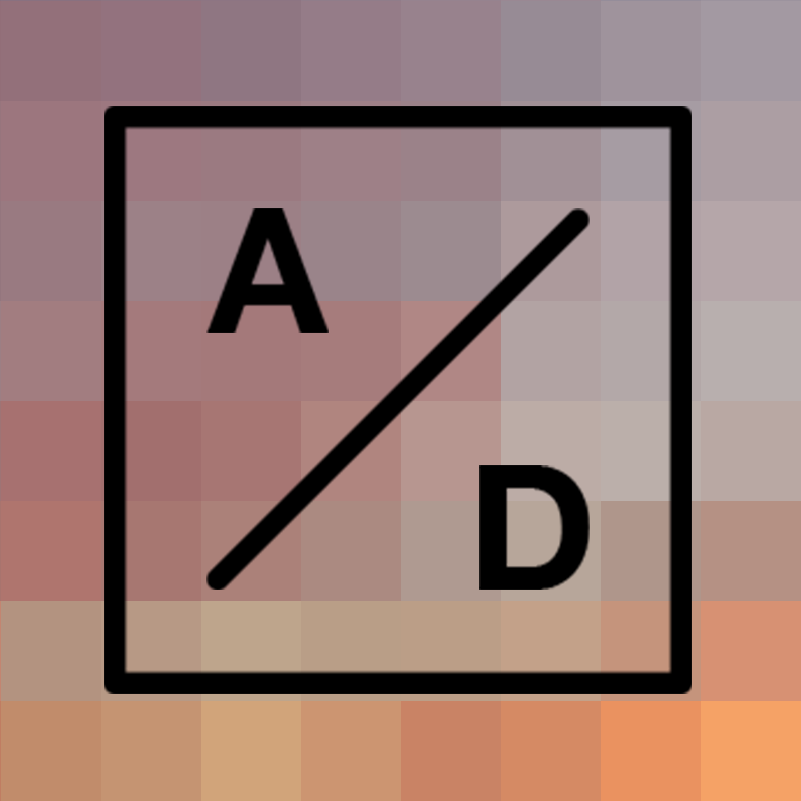Adobe's Non-Fungible Next Step
The NFT. The great catchall. The solution to everyone's problems including problems many people didn't know they had. NFTs can turn relatively unknown artists into millionaires, and turn millionaires into the world's foremost collectors of digital art. They're used to assign and sell ownership of items ranging from 3D art to tweets. They've been assigned to music catalogs and sell 3D-printable homes. I'm even using them to raise funds for a charity.
As any news program in the past month has proven, the mainstream public is becoming more and more comfortable with the idea of NFTs, but far fewer know how to purchase one and even less have the know-how to create (or "mint") one. To make NFTs easier to understand and more streamlined to create, a major player in the digital art world needs to become the hub for NFT creation.
Whether you're tweaking the colors of a digital photograph, creating a vector-based design, or editing a short film, chances are you'll run through one of Adobe's applications at some point in the process. Their products are so ubiquitous to digital art creation, that their names have become verbs and adjectives throughout the world. But outside of what their software does, Adobe has always been at the forefront of software deployment, too. Sure, there were naysayers who complained when Adobe switched to an all-subscription service, and yet their model is now the gold standard when it comes to software sales.
So, how does Adobe take the next step into the future? One that supports not only their users and their bottom line, but one that fits perfectly into their ecosystem? Simple, they need to embed NFT minting directly into their software.
In fact, we know that NFTs on Adobe's radar. Recently, Adobe CPO, Scott Belsky, spoke about the importance of NFTs:
My hope is that creative career opportunities, like selling your content and creating crypto art among others, become better integrated into the [Adobe] tools over time to make these capabilities more user friendly and accessible. I also think digital tool makers have a responsibility to understand the new and growing needs of the world's best crypto artists.
When you're done creating with one of Adobe's products, you can save it in a variety of formats. (Think: png, jpg, mp4, pdf, etc...) But what if you had another option; one that tied directly into your virtual Etherum wallet? What if you could add an NFT layer to every finished digital creation you create? Adobe can, and should, start adding this feature into every single piece of software they create.
So, how would all of this work? To start, Adobe would need to build (or, let's be honest, buy) a platform similar to OpenSea and SuperRare and tie it into their already-existing Adobe Bridge software. From there, they'd let users connect their crypto wallets to the application with all the necessary verifications and passwords.
From the user's perspective, it would be as simple as checking a box. Let's say we've just created a digital drawing via Adobe Illustrator and we want to save it as a PNG with an NFT layer. Here's how I envision the process working:
In the save/export menu, aside from the naming convention, folder, and file options, the user will also be presented with a check box that mints the file as an NFT.
Once checked, Adobe would run the minting process and add the file directly to the user's online database/repository.
The user then has the option to sell/auction their piece, or simply hold onto it knowing that its true ownership is verified.
If the user decides to sell, Adobe keeps a nominal percentage of the sale price.
Outside of the financial gain and ease of use, why should Adobe go down this road? Why even bother playing in a space where others have made significant in-roads? One word: relevancy.
The NFT market has increased by 1,785% in 2021 alone. And with more and more artists creating NFTs each day, that number isn't going to shrink anytime soon. To stay ahead of the market, and to ensure users stay inside the Adobe ecosystem, it's imperative that the team out in San Jose deploy NFT integration into their products as soon as possible.
(I'm already brainstorming application names: AdobeMine, AdobeAuction, AdobeToken, etc...)

